
These thoughts are my random musings and there might not be a clear/coherent flow in the points mentioned but nevertheless, i believe these are some important things to keep in mind if you are trading the markets.
1. Have you taken a loss? Forget it quickly. Have you taken a profit? Forget it even quicker
Everything passes away – both success and failures
2. Chart patterns are as much art as science. If 25 people look at a chart and all 25 of them come to the same conclusion, then it becomes objective. If they dont come to the same conclusion, then its subjective
3. The market kindles your emotions. It pushes all our buttons of fear and greed – it ferrets out all. I found out very early in my career that i was not temperamentally too suited to be a great trader. The way i found to overcome this shortcoming is to have a definite set of entry/exit rules
4. Read a lot, test a lot and dont trade until you have a trading plan. Make sure your trading methodology is objective in nature as you have better odds of success stacked in your favor.
5. Learn to limit your risk – if we can stay in the game long enough, we will learn how to become successful in trading.
I always tell this to folks – if you can trade profitably for 10 yrs in trading and increased size steadily, you would have already amassed a small wealth or would amass it within the next couple of years
6. If one is following a system(mechanical)/methodology(discretionary) consistently and making money, how do we make more money then?
We have 2 options – more leverage or bigger size. My vote is for the latter as the former has decimated more accounts than what we can imagine. It will take a while to build size but it has to be done incrementally (and not exponentially with the use of leverage)
7. Many new traders wonder – what’s the best way to trade. Let me assure you that its an impossible question to answer. Nobody can tell you what’s going to suit you (except you).
Whatever methodology you use, it has to fit your personality. This is why copying somebody else’s system never works (almost) but one can derive ideas from it.
8. Every professional (irrespective of their profession) go through slumps.
Let it be Virat Kohli or Kobe Bryant or Tiger Woods or Lionel Messi – Slumps are inevitable but once we have come out of slump, no matter how long it takes, we know that we can do it again. If something is done once, we know it is a repeatable act. So, embrace slumps as that knowledge of digging ourselves out of slump is invaluable in the long run.
9. It is prudent to focus on exits rather than entries. There is only so much one can do in entries but they can do lot of variations in exits. It is impossible to tell in advance which trades will be the good ones.
Some folks say “take only the high probability trades” and they tend to forget the random nature of distribution of trades. We are better off taking all the trades if we are following a system.
10. You need to be willing to take small losses. Taking a small loss reinforces a trader’s sense of discipline and control. Losses are not failures – please etch this in your mind
11. Two primary reasons for why we focus on being right.
First, we are conditioned to be right by our school system.
Second, everyone in the trading industry gives people what they want – ways to be right (high winrate system is the main culprit) and that perpetuates the myth. The traders who identify this early in their career do really well.
12. The difficult thing for many traders is that we have so many choices on timeframes, different instruments/markets, to trade the trend/counter trend/non-directional(delta neutral) but guess what, we can’t do it all.
So, we have to sit down and decide the type of trading we will pursue upon. A lot of traders (atleast for few initial months/years) are trying to do it all.
13. Many ask me about what books to read – i recommend Market wizards book as it gives an idea to the new trader that there are dozens of traders who were doing different things but still able to do it well.
Think about it – you dont have to be only a 100 meter sprint runner to make it in athletics
14. All new traders will ‘have to pay their dues’ to the market – no exceptions here. They have to learn about excitement, fear and hope in trading. They have to make their own mistakes (I don’t believe in learning from mistakes of others in trading as trading is an experiential task)
15. If you are a trend follower, by and large, having profit targets wont work as the price of your underlying instrument can keep changing over the years and trust me, reframing the profit target is no easy task. So, start with the right thought-process if you are a trend follower (by exiting only when the trend bends)
16. I would highly suggest trading a breakout system initially as it teaches us to do things that are hard to do naturally – like buying high and selling higher or selling low and buying back lower.
17. If you are a pullback trader, check your trades over a long period of time (backtesting) – you will be surprised to find the best breakouts wont give you pullbacks to enter the trade. You are either in the trade or you are not.
18. Big gaps are always a problem – one can expect short term volatility and hence, wider stoplosses (market driven) are possible. In short term trading, if you are stopped out of your trade after a big gap up/down, the reversal trade is usually very profitable.
19. When trading a trend following break out, your two best friends are ‘whipsaws and ‘law of large numbers’. If you dont understand whipsaws are part of Trend following-Breakout trading, then trading will be a mystery all the time
To accept whipsaws are part of Trend following-Breakout trading, one needs to understand the ‘Law of large numbers’.
A quick blogpost on ‘Law of large numbers’ here
Law of Large numbers and its implication in Trading
20. Last but not least – when you have a losing trade, it is ‘just’ a losing trade.
Many have difficulty in separating the reality of a losing trade from the psychological sense of feeling like a loser.
They equate losing with being a loser. This frustrates/depresses/creates anxiety about his P/L so much that it would start affecting his self-image. So, losing is part of trading and that does not make you a loser
Hope it helps someone out there and happy trading all !!
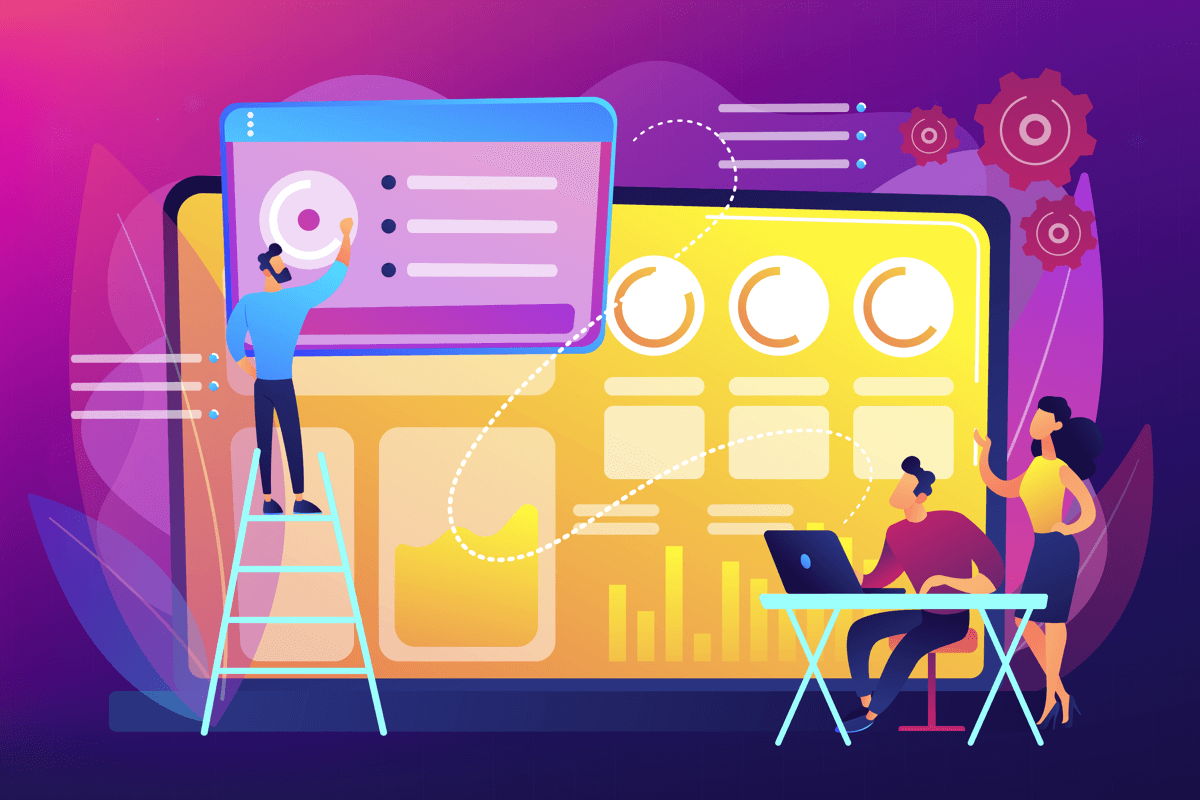
Backtesting is a topic that always attracts one set of traders and despised by the others 🙂 The topic is pretty vast and this blogpost is just a basic primer on Backtesting. It is gonna be a long one but i believe, it will be worth your time 🙂
Let us etch something in our mind very clearly before getting into details – Discretionary trading methodologies/ideas cannot be backtested. You need a set of rigid entry/exit rules to backtest the idea. There are no 2 ways about it. One can act smart and twist words around it but there is no backtesting for discretionary systems – period.
Introduction
Backtesting an idea (in trading terms) is to gauge how a set of trading rules performed on historical data. But, many folks who come into trading just do data mining. Data mining simply scans historical dataset for rules that would have worked in the past. We have read this disclaimer various times that ‘past performance does not guarantee future results’ But still, the professed value of backtesting is based on the premise that historical tendencies/patterns repeat.
Backtesting and its efficacy
So, the popular question is if ‘past performance does not guarantee future results, why backtest an idea/system in the first place? One could very well save the time, effort and sleepless nights right?’ This is an argument that has some validity, up to a point. It is definitely true that past performance is not indicative of future results. But does it therefore mean that historical testing has no validity? I don’t think so.
Here is a case in point. Let’s say you want to build a model of the sun rising. Every day for a month, you get up before dawn, and wait for the sun to appear. Every day, it rises in the east. So, you build your model, run it for tomorrow, and it “predicts” that the sun will rise in the east. Will it? Who knows for certain? Some strange axis switching or earth rotation reversing could occur overnight or a cosmic phenomenon might occur (which could be understood only by Late Stephen Hawkings 🙂 ) and the sun could rise in the north, south, or west. Highly unlikely, yes, but so was the financial crisis of 2008, Nifty flash crash in Oct 2012 and the recent coronovirus debacle. Outlier and unexpected events can and do happen.
If such a calamity occurs, does it mean that the model is useless and never should have been built? No, but certainly you would have to now take into account that the world you modeled has changed significantly. So, having a model based on history is much better than completely guessing. With guessing, you are likely to be looking the wrong way when the sun rises tomorrow morning 🙂
Strategy and psyche
Before getting into the nitty-gritty of backtesting, I would like to clear few hitches of system development. It is imperative that the trader should come up with a system to backtest based on his/her traits and psyche.
1. Let us say that you are a profit-target based trader and dont believe in trailing the profits much. If someone gives you a profitable(system with positive expectancy) blackbox system to trade, sooner or later, you will abandon the system or will tweak it in few trades. Reason is very simple. The system skeleton and ideologies are not attuned to your psychology(the belief you have about how markets operate). A profit target based trader cannot trade ‘trailing stoploss’ based system (and vice-versa is also true) as there will be internal conflict. Please understand that psychology is like fingerprint – it is unique. Hence, it is very important that we choose a system that is attuned to our psychology.
2. If a trader cannot digest 10 losses in a row of a trend following system, there is no point devising one and backtesting it. If your psychology/understanding about the markets do not match what the system can offer, then you shouldn’t be trading that system. Manipulating the rules because you are intolerant with the results can turn a winning system into a big losing one. If you can’t live within the anticipated parameters, then you need to develop or find another system. If one is devising a system for intraday to backtest and he is known to hesitate on taking quick decisions, then it could prove costly in live trading. If a trader vacillates for even two minutes to enter a trade in an intraday system, then that could be the deciding factor between a winner and a loser. With a longer-term trading system, the entry is generally not so critical and hesitation errors are forgiven usually.
Ways of producing backtesting results
Before venturing into the topics in detail, i would like to state that am a big proponent of ‘bar-by-bar’ backtesting as it has number of advantages (but takes a lot of time) compared to automated backtesting (using code).
1. Historical backtesting
This is a kind of testing done by most of the charting software nowadays. You create a few lines of code and they spit out the results with myriad number of statistical parameters. This kind of testing also encapsulates the major problem in backtesting – over-optimisation and curve-fitting (did not get into the definition of these terms as they are commonly known). There is virtually no chance that the results in the future will be close to the ‘optimized’ results. The results are just too “tuned” to the data used in the test.
If a system has indicators (with parameter numbers) incorporated in it, there is higher chance of optimization and curve fitting. Once can play from 1 to 500 as value of the moving average and the s/w will spit out results in seconds. A trader will be tempted to choose the best MA (say 283) out of 500 MAs and guess what, real trading would suck big time as curve-fitting has been done nicely with the past data.
2. Out of sample testing (OOS)
If one is persistent on optimization in backtesting, this kind of testing can be a savior. So, here a trader can test 3 years of historical data testing (automated) and run numerous iterations of optimization but run the following year bar-by-bar. Of course, nothing can beat bar-by-bar testing of a well formed idea (with zero optimization) but this will help those folks who are a bit lazy in backtesting bar-by-bar.
3. Walk forward testing
Walk‐forward analysis is simply the aggregate of many out‐of‐sample periods, stitched together. So, 2 years of automated testing + 1 year of OOS testing followed by 2 years of automated testing followed by 1 year of OOS testing. Once we have a set of 4-5 years of OOS testing, we put them all together and create the statistical parameters. In this testing method, we can get the best of both worlds – a bit of bar-by-bar testing and optimization (if needed)
Importance of data in backtesting
For an accurate evaluation of any system, the data must be impeccable. Online free data will not cut it (a saying flashes through my mind right now – ‘penny wise, pound foolish’). Without correct data, system testing is useless.
Purity of data is another very crucial requirement. Any anomalies or mispriced quotes will have a direct impact on the system’s test results and can skew the results extensively. Cleaning of data is not an easy task and often must be relegated to professional data providers.
Parameters to look out in backtesting
As most of these terms are self-explanatory, I would just like to list out the most important parameters to watch out for.
Percentage profitable, Total number of trades, Max consecutive winning/losing trades, Net points (after cost), Maximum drawdown, max time take to come out of DD (Recovery factor), Ratio of average yearly profit to max DD (Calmar ratio). Max loss and max profit are not that important to me as they are singular events.
I am not a big fan of the popularized ratio – Sharpe ratio. There are 3 reasons for it.
1. It does not include the actual annual return but only the average monthly return. Thus, irregularities in the return are not recognized.
2. It does not distinguish between upside and downside fluctuations. As a result, it penalizes upside fluctuations in the same way as downside fluctuations.
3. It does not distinguish between intermittent and consecutive losses.
Optimization of backtested system
Once we have a trading methodology and an initial set of parameters, it is time to fine tune our approach. The principal folly of optimization is the tendency to curve fit. The problem is more pronounced with systems that involve indicators with numbers (like moving averages, RSI, etc). So, if one is dogged to optimize using a software, use the walk forward testing technique discussed earlier. By doing this testing, one can easily assuage the apprehension of curve fitting to a large extent. Word of caution here – fine-tuning a system just increases the level of false confidence that eventually will be dashed in real time when the system fails. I have backtested numerous systems in the past and have always followed this route – take a concept/idea, create rules based on the concept and test it bar-by-bar without optimization even a single time. Yes – it is an arduous task but in my opinion, it’s well worth the effort and time.
Final thoughts on backtesting
Traders are especially captivated of the percent profitability, or accuracy of a system. In practice, we should not target a specific win/loss ratio – the goal is to create a profitable system (= system with positive expectancy) in accordance with the trader’s psyche. It doesn’t matter whether you get there via relatively few but comparatively large winners, as is the case of trend-following systems, or smaller wins with a tendency to compensate losses and much more. It also could be a combination of the above. Eventually, the totality of the system is all that matters.
Please be cognizant of the fact that several trading luminaries have owed their successful careers to simple trend-following systems. These systems tend to produce winning trades close to 30%. And there is almost always some giveback of profit before a winning trade is closed out. A position’s equity high is never anticipated and profit targets are not used. It’s therefore easier for a trade to wind up as a loser. So essentially, the cardinal parameters of a system (with positive expectancy) could vary from trader to trader but search for the holy-grail system has to stop sometime.
Happy backtesting all !!
I always wondered why traders never get to the point of creating a solid trading plan/system and the reasons behind this phenomenon.
I love writing articles about trading psychology and this topic made me come out of hibernation. This blogpost is a small attempt to see the probable reasons behind procrastinating in formulating a system – from a psychological perspective.
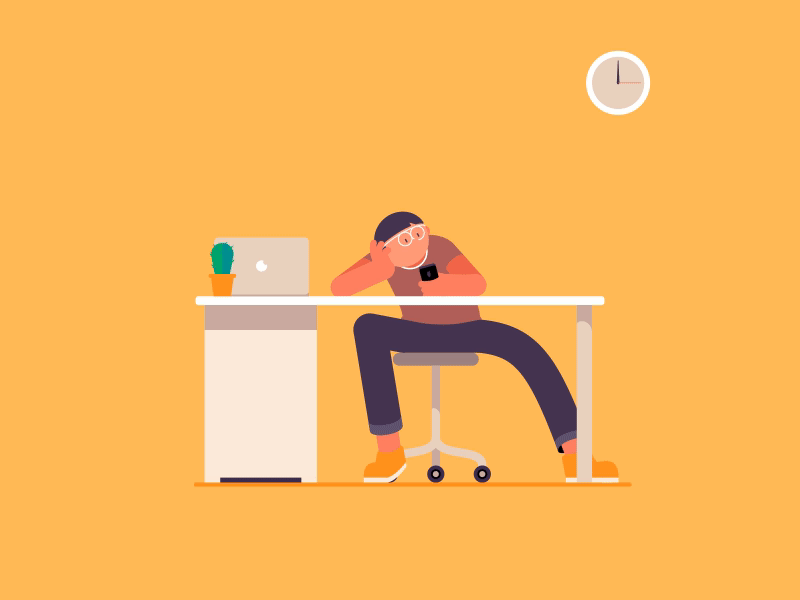 » More »
» More »

This blogpost is a small effort to delineate the thought process of a Professional in comparison to an amateur trader. » More »
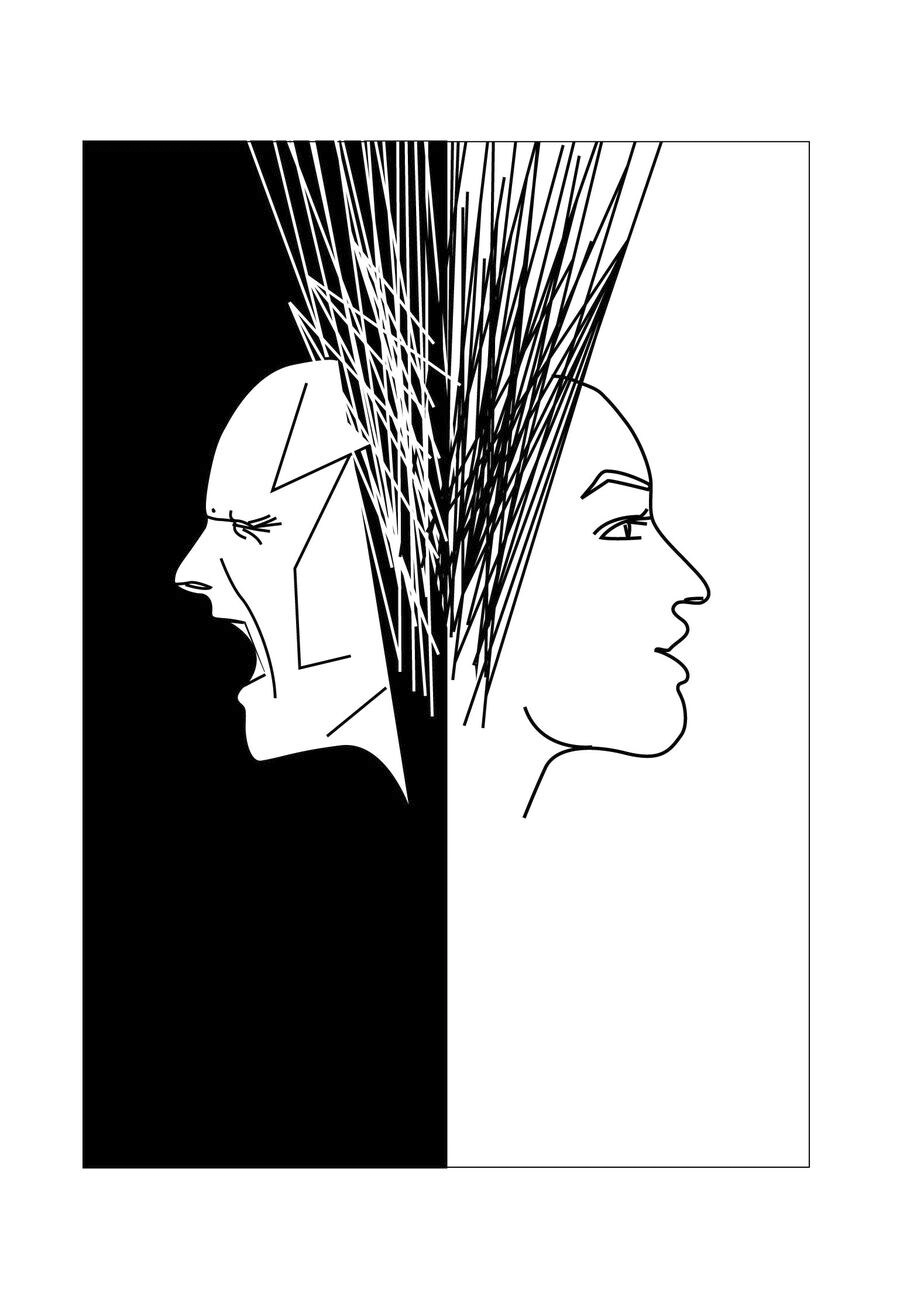
Introduction
Many folks find trading the markets pretty exciting. Why not? Seeing the tickers move wild can give great excitement to anyone and the prospect (not actually making money..just the prospect) of making money can give the best adrenaline rush . A fun-filled activity right? As a matter of fact, they become really sad when the markets are closed as there is no fun in mundane daily activities. » More »

Achilles’ heel was an unguarded weakness that ultimately brought down a hero of Greek mythology and this post is an attempt to understand the things that has to be kept in mind while designing a trading methodology as a discretionary trader.
As many of you know that am a mechanical(rule based) trader, my trading day is pretty monotonous and boring, many a times. The other group of traders are often called as ‘discretionary traders’. Both groups have their advantages/disadvantages and one should follow what they are comfortable with. At the end of the day, both discretionary and systematic traders have the same goal – making money.
What is discretionary/mechanical trading?
Discretionary trading is decision based trading – when the trading idea shows up in the charts, the trader decides(at that moment) whether to take the trade or not based on current market conditions. Discretionary trading does not mean random trading. Every trader(mechanical or discretionary) has a methodology to enter/exit the market – there are no two ways about it. For example, even if all the conditions are met for a trade, a discretionary trader will not take the trade as volatility is too low (current market condition) – so, basically the trader decides to let it go seeing the current market condition.
On the other hand, Mechanical trading is driven by rules. The trader do not make any decision on taking the trade but the system does. If A happens, then the trader go long and if B happens, the trader goes short. There is no element of decision making involved by the trader as everything is planned out beforehand and the trader just has to execute those trades.
Designing a trading methodology as a discretionary trader
There are certain things discretionary traders should keep in mind when they design their system. More often than not, the psychological pressure of making the ‘quality’ decision of whether to take the trade or not can overwhelm a discretionary trader. To understand this behavior, we need to analyze how our brain works.
A. How brain works?
Evolution has effectively given us (human beings) a dumb brain and a smart brain. The smart brain runs the show most of the times unless a threat is present/perceived and consequently, the dumb brain takes over. Why? The reason is very simple – Dumb brain is faster at making simple/resolute decisions. This avoids people taking a long time on making a choice as time is critical in predatory situations. If we take too much time to take a decision on ‘fight or flight’ situations, there is a good possibility of ending up in the jaws of a predator 🙂
B. Markets are there to get me
With this understanding in mind, one can easily comprehend why this could create a problem in trading as our natural responses can be inappropriate and the way we view/assess info changes when the dumb brain takes over.
Our brains are built to handle belligerent situations and hence, even in a normal situation in trading (like a loss – by the way, many dont consider trading loss as normal 🙂 ), we tend to do things like making “revenge trades”, which is treating the market like an adversary.
Think about it for a second – this is tantamount to curve fitting data so that it fits our trading model but only here, we are fitting the market to how our behavior and natural responses are designed to interact with predators. This is exactly why we see people saying ‘Markets are there to get me’
C. Demo trading and tunnel vision
As a discretionary trader, when we do demo trading of our ideas, we almost always get superlative results. The reasons could be multi-fold but the important one is so evident. When we practice in a non-stressful situation, we evaluate our success based on how our smart brain handles the situation. Under stress, in real trading, we might find that we fail to notice things that are obvious when we look at the same information after the stress has passed. People tend to overlook/ignore information that is contradictory to their analysis of the situation — popularly known as tunnel vision“.
Let us sit on this ‘tunnel vision’ for a moment. Like the airport traffic controller who ignores contradictory information (as he is affected by stress), traders fail to exit a losing trade, because our discriminative attention ignores things that indicate it’s time to get out of the trade. Practice (or demo trading) does help, but many traders find that their behavior is different under stress.
So, when a discretionary trader designs/practices a system, he needs to consider human behavior, psychology, and the human factors that were discussed here. In another post, i will discuss the difficulties in being a mechanical(systematic) trader.
Final thoughts
As it generally happens in any endeavor specific to a competitive pursuit, people end up with hallowed beliefs without subjecting them to rational scrutiny. The subject of ‘which style of trading is better’ is one such associated with the business of trading and is a favorite ‘peg to hang’ blame for failure in becoming a successful trader by many.
This blogpost does not favor one over the other – Pick the one that best suits you and pursue trading in that direction.
Happy trading all !!

Most of you already know that am not a religious person but the mythological books can teach us many life lessons. So, my reading habit obviously gravitates even towards mythological stories/ books. » More »
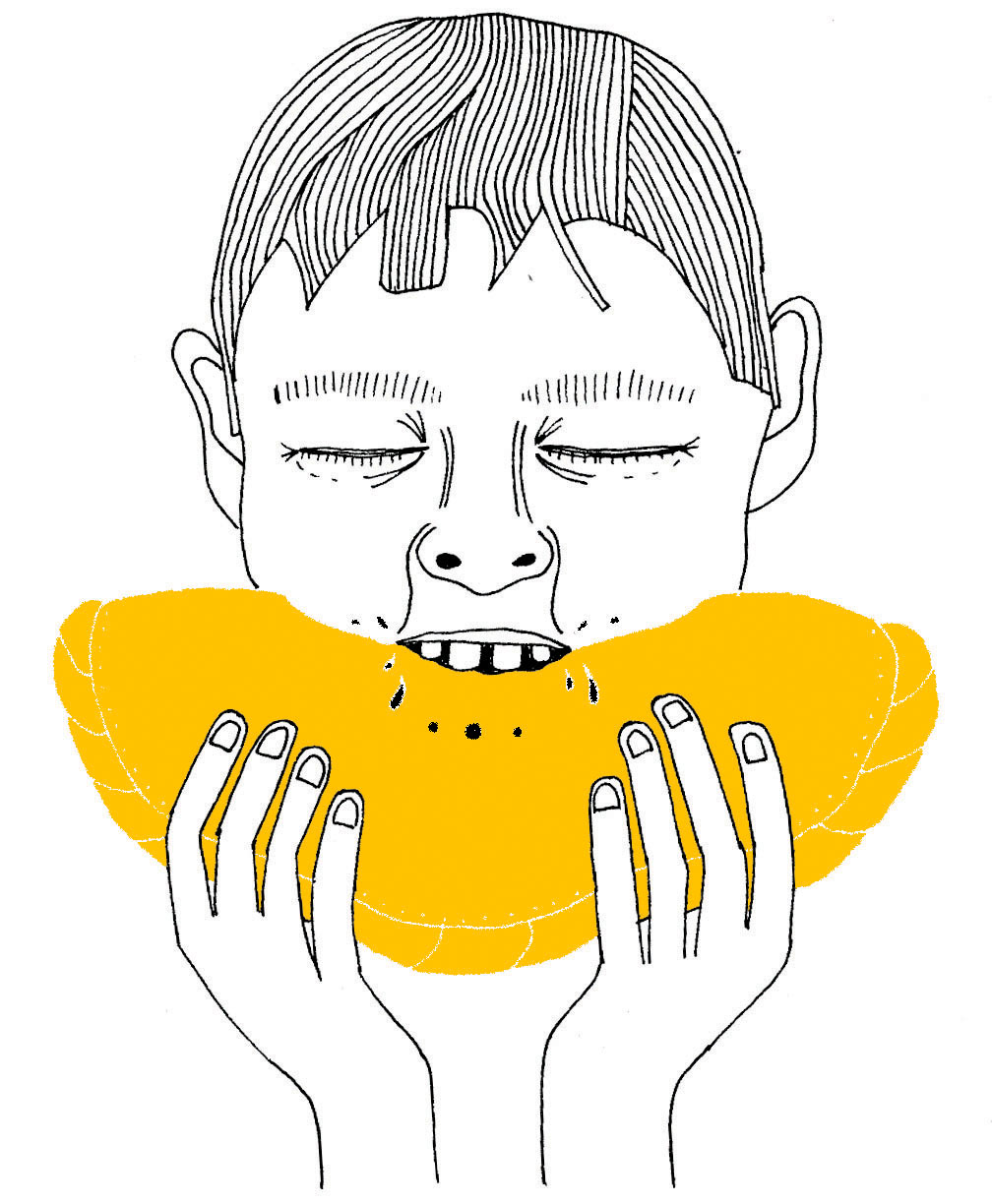
Indian stock market starts at 9:15 am. Well past the usual breakfast time for many. Yes – this post is about food 🙂 » More »
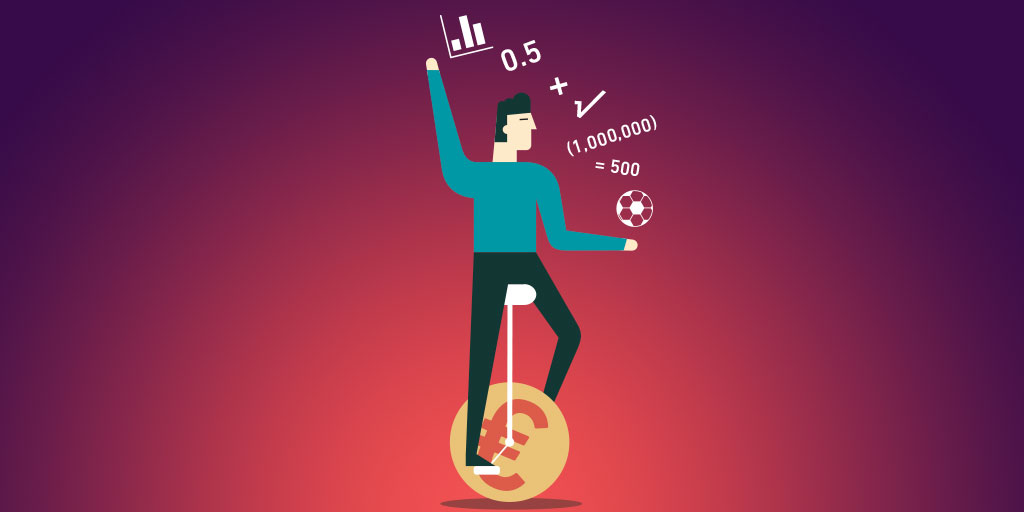
Besides loving to trade and playing cricket, I am an ardent subscriber to the statistical concept – the law of large numbers. According to probability theory, the law of large numbers is a theorem that describes the result of performing the same experiment a large number of times. Moreover, the average of the results obtained from a large number of trials should be close to the expected value, and will tend to become closer as more trials are performed. » More »









